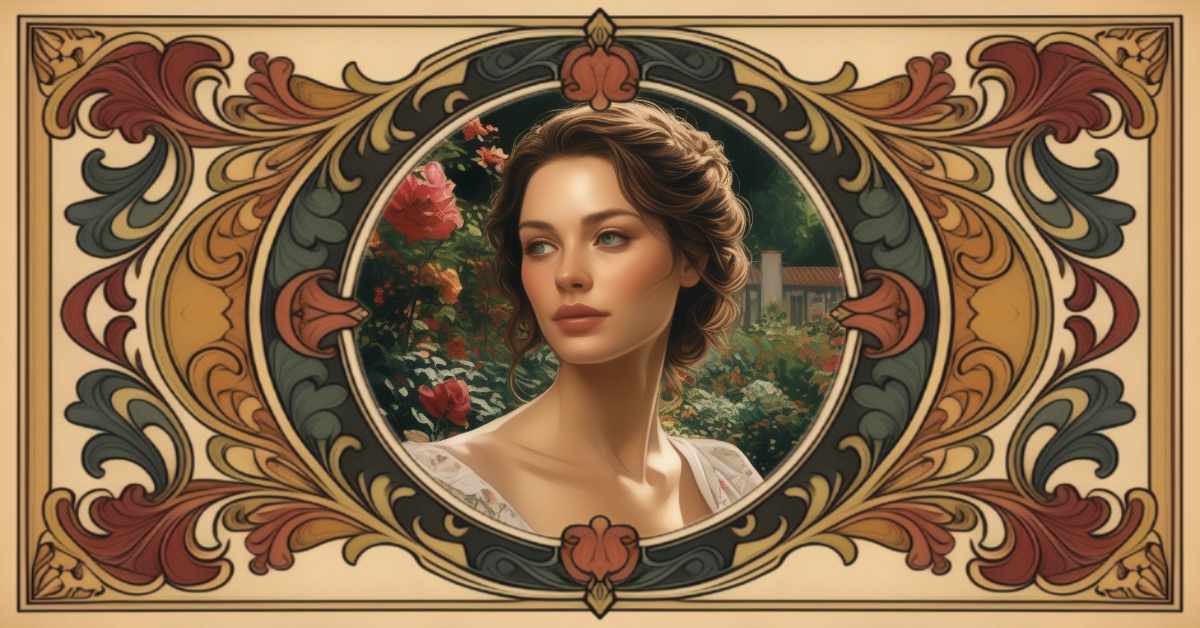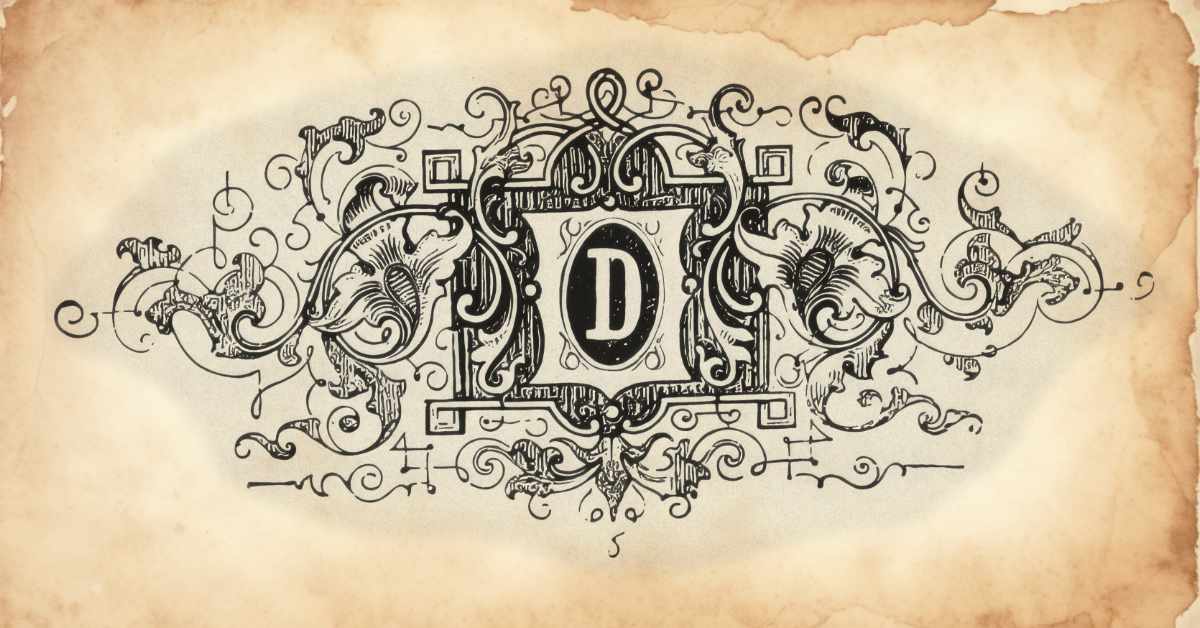Embracing the Elegance of Art Nouveau in Modern Art and Design

Art Nouveau, one of my favorite artistic movements, continues to captivate with its elegance and fluidity. Originating in the late 19th century, this style revolutionized art and design with its organic forms, intricate details, and a philosophy that sought to bring beauty into everyday life. Let’s dive into the rich history of Art Nouveau and explore how we can incorporate its timeless elements into our contemporary art and design projects.
A Glimpse into Art Nouveau History
Art Nouveau, which translates to “New Art” in French, emerged as a reaction against the academic art and industrialization of the time. It flourished from the 1880s to the early 1900s, spanning across Europe and the United States. The movement was characterized by its use of long, sinuous lines, floral and plant motifs, and an emphasis on craftsmanship.
Key figures like Alphonse Mucha, Gustav Klimt, and Antoni Gaudí pushed the boundaries of artistic expression, creating works that were not only visually stunning but also rich with symbolism and emotion. Art Nouveau influenced various disciplines, including architecture, interior design, graphic arts, and jewelry, making it a truly multidisciplinary movement.
Why I Love Art Nouveau

One of the things I like about Art Nouveau is the elaborate organic designs that flow beautifully over the surface. The intricate patterns and natural forms create a sense of harmony and elegance that is truly captivating. In illustrations from the Art Nouveau period, I particularly love the use of detailed framing around a subject, such as a portrait. Sometimes, these frames extend to enclose a title or text space, adding to the overall design without overwhelming it.
I love how the pieces were extremely ornate, yet they don’t feel cluttered or overdone. The artists and designers of the time had a remarkable eye for composition and framing, ensuring that each element complemented the others perfectly. This balance between detail and simplicity is what makes Art Nouveau so timeless and appealing to me.
Incorporating Art Nouveau into Modern Projects
While Art Nouveau belongs to a bygone era, its principles and aesthetics can still inspire and enhance modern art and design. Here are some ideas to weave this beautiful style into contemporary projects:
Fluid Lines and Organic Forms:
- Design Approach: Embrace the characteristic flowing lines and organic shapes of Art Nouveau. Whether designing a website, a logo, or a piece of furniture, let curves and natural forms guide your creations.
- Example: A modern lamp design with a base that mimics the twisting stem of a flower or a logo that incorporates elegant, swirling lines.
Floral and Botanical Motifs:
- Design Approach: Integrate floral patterns and botanical elements into your designs. This can range from subtle accents to bold, centerpiece elements.
- Example: Wallpaper with intricate floral patterns, textiles featuring detailed botanical illustrations, or packaging design with elegant, plant-inspired graphics.
Emphasis on Craftsmanship:
- Design Approach: Celebrate the Art Nouveau spirit of meticulous craftsmanship and attention to detail. Focus on creating pieces that are not only beautiful but also exhibit high-quality artistry.
- Example: Handcrafted jewelry with delicate filigree work, bespoke furniture with intricate woodwork, or custom typography that showcases detailed, artistic letterforms.
Symbolism and Storytelling:
- Design Approach: Use symbolism to add depth and narrative to your designs. Art Nouveau often conveyed deeper meanings through its visual elements, a practice that can enrich modern projects.
- Example: A poster series where each piece tells a part of a larger story through symbolic imagery, or a branding project where logos and icons carry hidden meanings that reflect the brand’s values and history.
Integration of Art and Function:
- Design Approach: Merge art with everyday objects to create designs that are both functional and visually appealing. This was a core tenet of Art Nouveau, aiming to elevate the mundane into the realm of the beautiful.
- Example: Artfully designed household items such as mirrors with decorative frames, or kitchenware that features artistic engravings.
Embrace Timeless Elegance in Your Modern Creations
Art Nouveau’s influence persists due to its timeless beauty and the harmony it creates between nature and art. By drawing inspiration from this iconic movement, we can infuse our modern art and design projects with a touch of elegance and sophistication. Whether you’re a digital artist, a graphic designer, or simply someone who appreciates fine art, incorporating elements of Art Nouveau can elevate your work and create a unique visual experience.
So, why not let the graceful lines and intricate details of Art Nouveau inspire your next project? Embrace the elegance of this beloved style and watch as your creations bloom with new life and artistic depth.






0 Comments